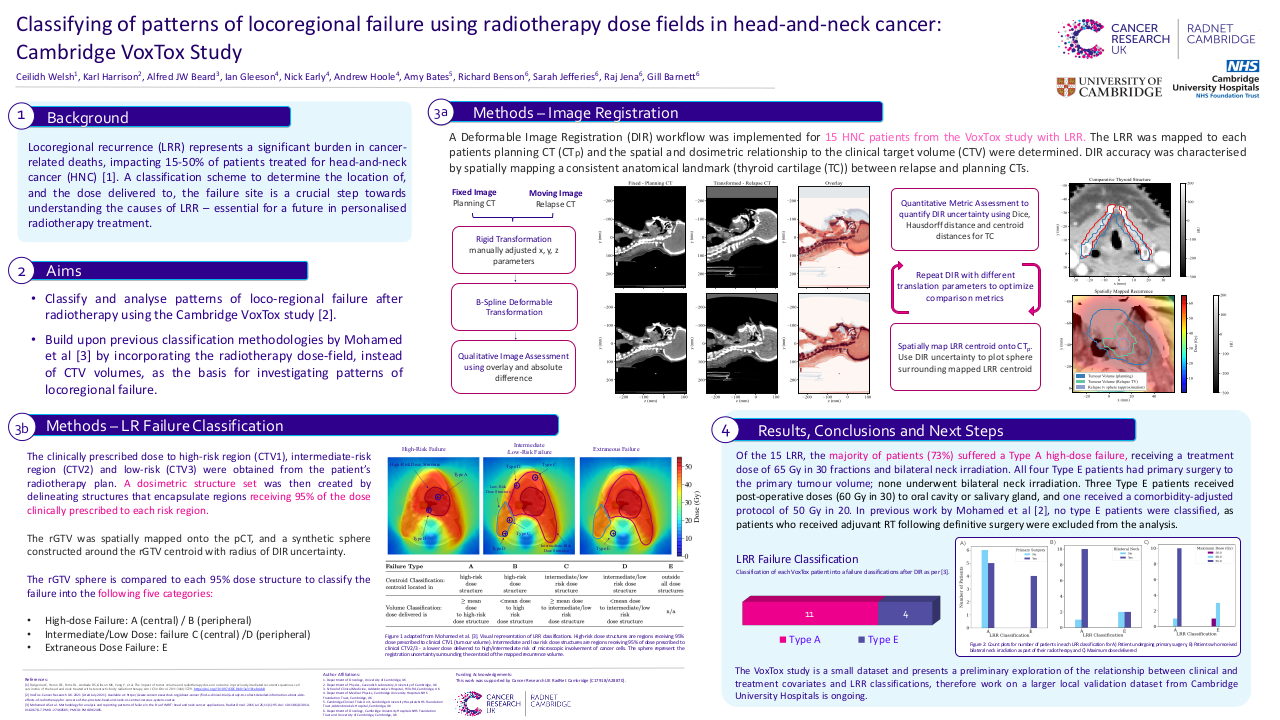Artificial Intelligence-Driven Radiomics in Head and Neck Cancer: Current Status and Future Prospects
Purpose/Objective
Background: Radiomics is a rapidly growing field used to leverage medical radiological images by non-invasively extracting quantitative features 1. These are supposed to characterize a patient’s phenotype, and when combined with artificial intelligence techniques, to improve the accuracy of diagnostic models and clinical outcome prediction 2. Objectives: This review aims at examining the application areas of artificial intelligence-based radiomics (AI-based radiomics) for the management of head and neck cancer (HNC). It further explores the workflow of AI-based radiomics for personalized and precision oncology in HNC. Finally, it examines the current challenges of AI-based radiomics in daily clinical oncology and offers possible solutions to these challenges.
Material/Methods
Comprehensive electronic databases (PubMed, Medline via Ovid, Scopus, Web of Science, and Institute of Electrical and Electronics Engineers (IEEE)) were searched following the Preferred Reporting Items for Systematic Review and Meta-Analysis (PRISMA) guidelines. The quality of included studies and their risk of biases were evaluated using the Transparent Reporting of a Multivariable Prediction Model for Individual Prognosis or Diagnosis (TRIPOD) and Prediction Model Risk of Bias Assessment Tool (PROBAST).
Results
A total of 45 articles fulfilled the inclusion criteria. Our review revealed that the application of AI-based radiomics model as an ancillary tool for improved decision-making in HNC management includes radiomics-based cancer diagnosis and radiomics-based cancer prognosis. The radiomics-based cancer diagnosis includes tumor staging, tumor grading, and classification of malignant and benign tumors. Similarly, radiomics-based cancer prognosis includes prediction for treatment response, recurrence, metastasis, and survival. In addition, the challenges in the implementation of these models for clinical evaluations include data imbalance, feature engineering (extraction and selection), model generalizability, multi-modal fusion, and model interpretability.
Conclusion
Considering the highly subjective and interobserver variability that is peculiar to the interpretation of medical images by expert clinicians, AI-based radiomics seeks to offer potentially useful quantitative information, which is not visible to the human eye or unintentionally often remains ignored during clinical imaging practice. By enabling the extraction of this type of information, AI-based radiomics has the potential to revolutionize HNC oncology, providing a platform for more personalized, higher quality, and cost-effective care for HNC patients.
1. Zhang, Y.-P. et al. Artificial intelligence-driven radiomics study in cancer: the role of feature engineering and modeling. Military Med Res 10, 22 (2023).2. Fh, T., Cyw, C. & Eyw, C. Radiomics AI prediction for head and neck squamous cell carcinoma (HNSCC) prognosis and recurrence with target volume approach. BJR|Open 3, 20200073 (2021).






